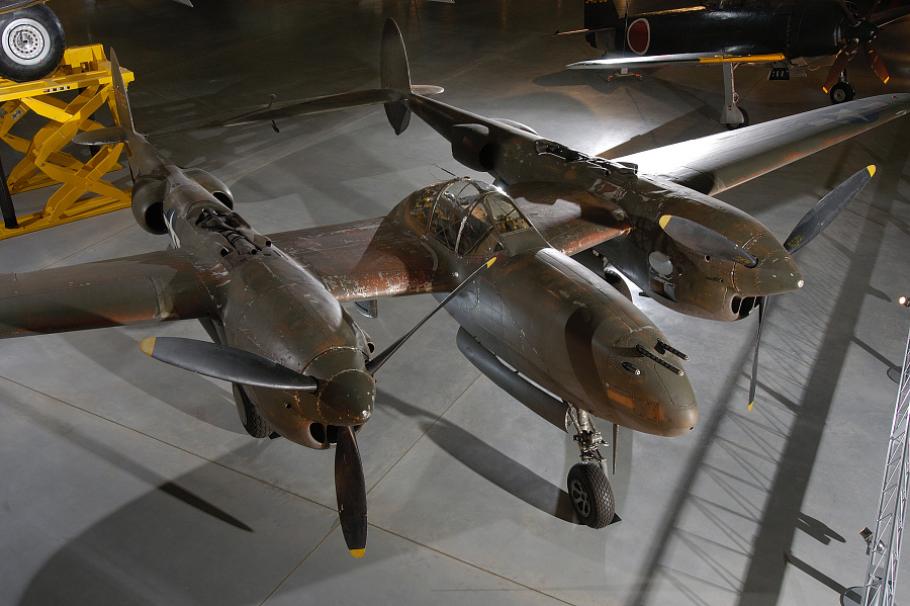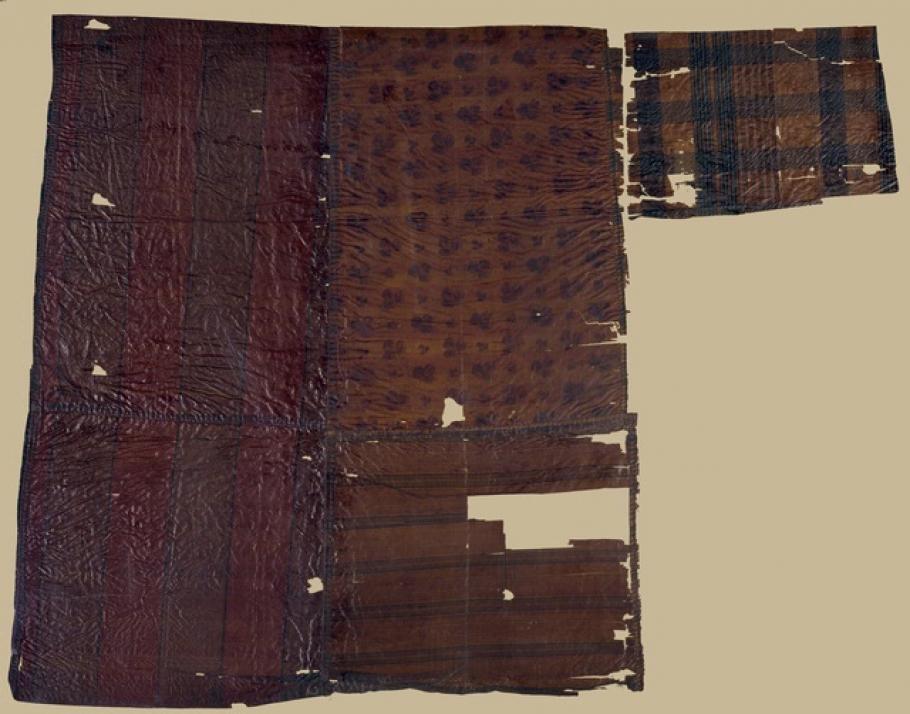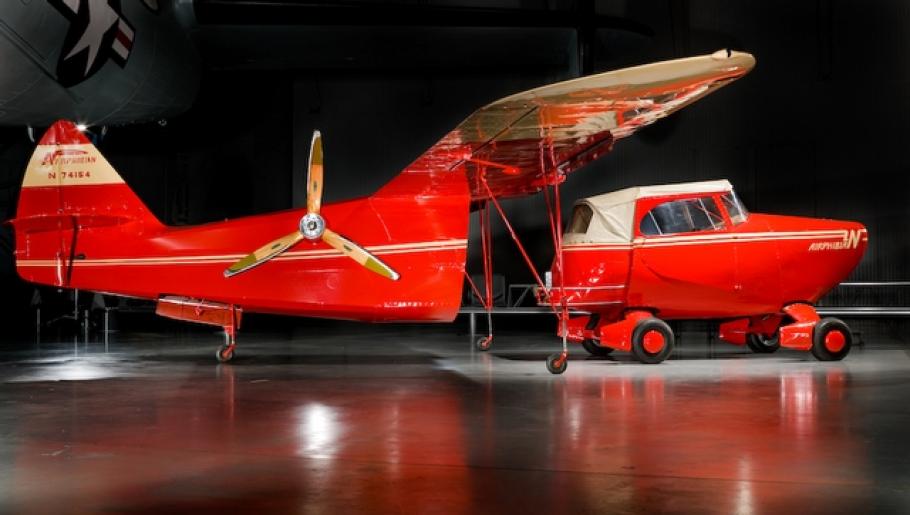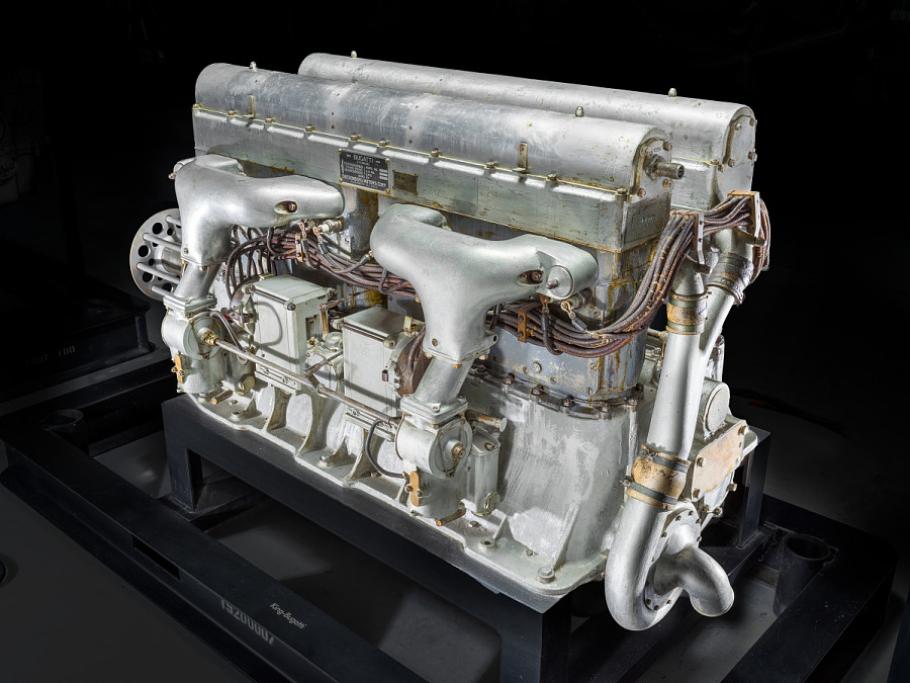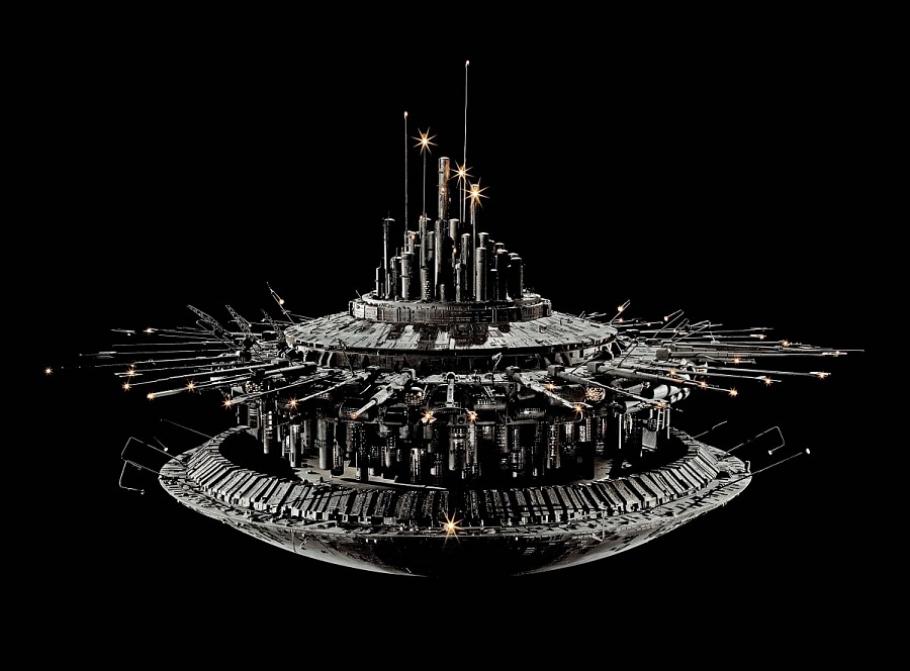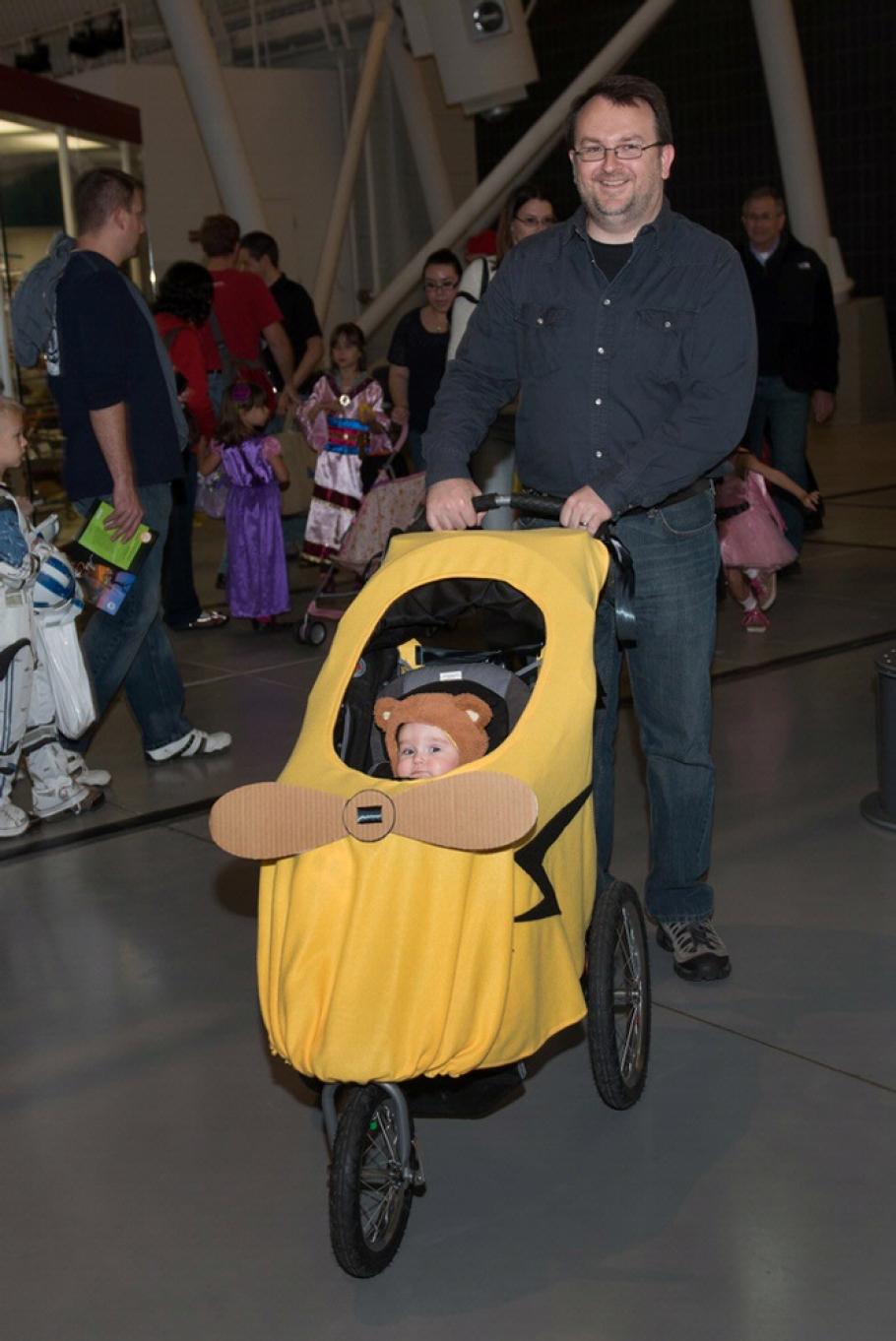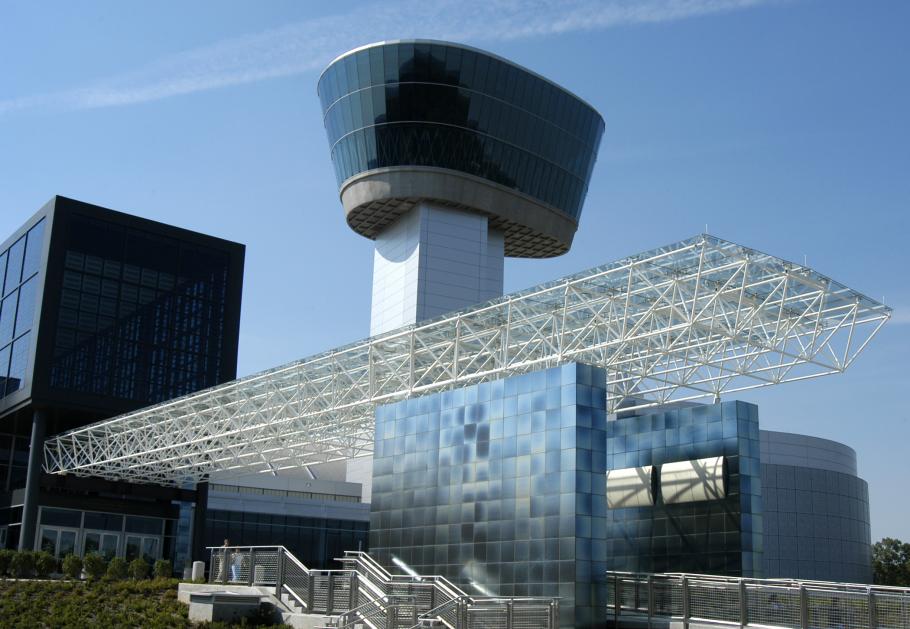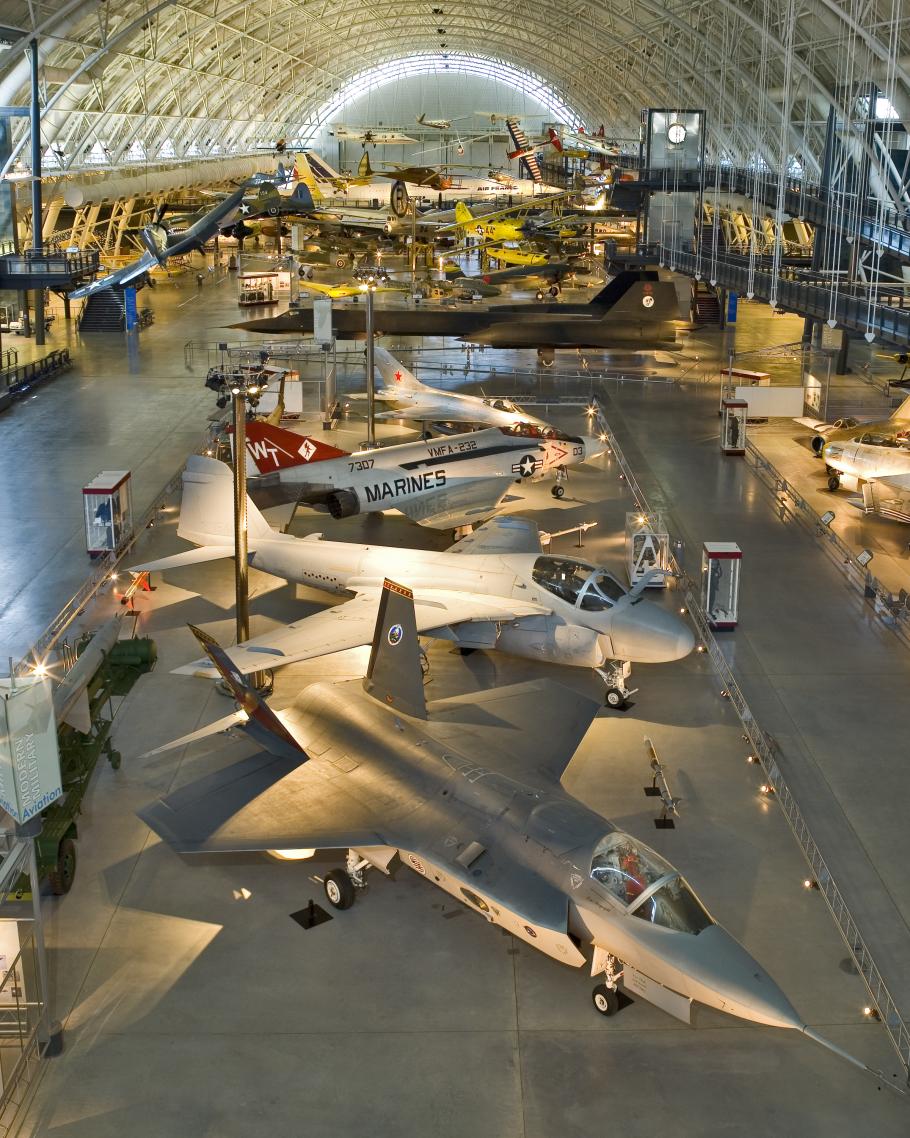Ten Years of the Udvar-Hazy Center
The tenth anniversary of the opening of the National Air and Space Museum’s Steven F. Udvar-Hazy Center is December 15, 2013. In celebration, I’ve provided a short list of ten things about the Center that, from my perspective, are cool and may be relatively unknown to many visitors.
Seriously Original and Preserved Aircraft
When you walk through the Udvar-Hazy Center, you’ll see some aircraft that do not look shiny and new. That is because they are original with the surfaces and finishes they had when when in use, reflecting the fascinating stories that go with them. Next time you are out at the Center, take a closer look at the Caudron G-4, Curtiss Jenny, Bowlus Baby Albatross glider, Grumman Gulfhawk G-22, Lockheed P-38 Lightning, Messerschmitt Me-163, Bell UH-1H “Huey,” and Space Shuttle Discovery and see what original air and spacecraft have to offer, blemishes and all.
The American Civil War at Air and Space
The Smithsonian has been celebrating the 150th Anniversary of the American Civil War with various programs and publications. At Hazy, you can see a barometer used by America’s pioneer aeronaut Thaddeus S.C. Lowe, who operated a balloon for the Union Army and a photograph of the remnants of the multi-colored Confederate “silk dress balloon” the Gazelle. (Editor's Note: This exhibition is no longer on display.)
Flying Cars!
The flying car has been a persistent, yet so far unrealized, dream in the history of flight. The Udvar-Hazy Center displays three manifestations of the desire for freedom on both the road and the air, the Autogiro Company of America AC-35, the Waterman Aerobile, and the Fulton Airphibian.
Fulton Airphibian FA-3-101
Editor's Note: As of 2022, this aircraft is now on display at the National Air and Space Museum in Washington, DC in the "We All Fly" exhibit.
Power for Flight
Speaking of flying cars, a consistent theme through the history of the aircraft piston engine is the strong connection to automotive companies. While many of us know about the road going origins of Hispano-Suiza, Packard, and Rolls-Royce among others, here are two rare examples you can see at Udvar-Hazy. Designed by Ettore Bugatti and manufactured by Duesenberg, the King-Bugatti U-16 engine never took to the air, but connects two of history’s most famous automakers to the American World War I aviation production program. For individuals who wanted to build their own airplane like the Heath Parasol in the late 1920s, they could purchase a converted Henderson motorcycle engine for power.
A Really Cool Space Ship Model
In the model maker’s world, builders take pre-made parts from different kits and incorporate them into their work. This “kit-bashing” saves a lot of time and results in something new. A closer look at the Mother Ship from the 1977 film Close Encounters of the Third Kind shows that its makers used quite a few railroad models, especially a lot of cylindrical tank cars. You can also see their humor when you discover a character from another movie universe, R2D2 from Star Wars, and two Grumman TBF Avengers of infamous Bermuda Triangle-Flight 19 fame among other inside jokes.
Restoration on Display
For decades, the first-class restoration and preservation work performed by Museum specialists was done at the Paul E. Garber Facility near Suitland, Maryland, which had limited public access. With the expansion of the Udvar-Hazy Center and the opening of the Mary Baker Engen Restoration Hangar, visitors now have the opportunity to watch restoration work from the vantage point of the second-floor mezzanine. The first project to be completed, a Curtiss SB2C-5 Helldiver dive bomber from World War II, will be going on display March 14, 2014. (Editor's Note: The Helldiver is now on display on the floor of the Udvar-Hazy Center.)
Fun for the Whole Family
Besides the air and space artifacts, the Udvar-Hazy Center serves as an active place for families to come together with special programming. There is Become a Pilot Day Family Day and Aviation Display, Super Science Saturdays, and various daily activities like “Flights of Fancy” Story Times. My wife, Cheryl, and I brought our daughter, Piper, to her first Air and Scare, the Museum’s Halloween event, last October. Can you guess her costume?
Catch a Movie!
During the day, you can catch pilots and astronauts and see aerospace history at its finest in the Airbus IMAX Theater. In the evenings, moviegoers have seen Katniss Everdeen, James Bond, Batman, and Harry Potter just to name a few in the latest Hollywood blockbusters featured on the really, really big screen. Be sure to get there early if you want a good seat.
The Donald D. Engen Observation Tower
Sixteen stories above the Center you can get your plane watching in viewing takeoffs and landings of everything ranging from turboprop puddle-jumpers to the largest jumbo jets from the north-south runways of the Washington Dulles International Airport. In between flights, you can take in a 360 degree view of the Virginia countryside that goes as far as 20 miles on a clear day, which includes the edges of the Blue Ridge Mountains off to the west.
That is one seriously big building.
Designed by architectural and engineering design firm Hellmuth, Obata and Kassabaum, the Udvar-Hazy Center consists of two large display hangars. The Boeing Aviation Hangar and the James S. McDonnell Space Hangar boast 293,707 and 53,067 square feet respectively with air and space craft installed at three levels. Compared to the 235,985 square feet of exhibition floor space in the Museum in Washington, DC, the Udvar-Hazy Center has given the National Air and Space Museum an unprecedented opportunity to bring to the public its stellar collection of aerospace artifacts. As of December 2013, there are approximately 240 air- and spacecraft on display with room for more in the coming years. We’ll just have to wait and see what the collection will look like in December 2023.
